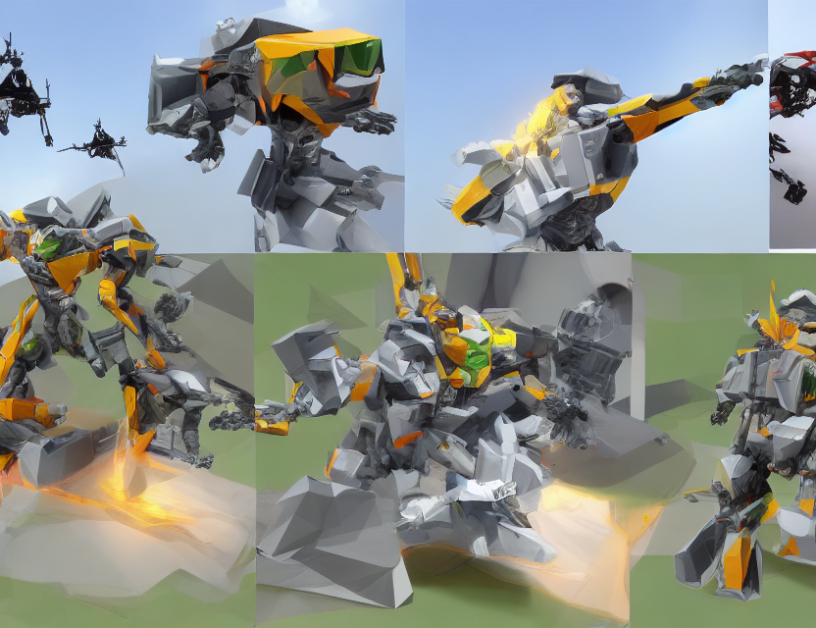In this article, we will dive into the fascinating world of "text-to-3D," a rapidly evolving field that enables the creation of 3D models from plain text. Imagine being able to conjure up a 3D replica of your dream house or envision a movie set with incredible details, all through a simple text description! This technology has numerous applications in fields like entertainment, architecture, and product design.
The article begins by highlighting the challenges of creating 3D models from textual descriptions. Traditional methods rely on time-consuming optimization procedures that make them impractical for real-world scenarios with limited access to powerful hardware. However, recent advancements in 3D modeling have made it possible to generate 3D assets directly from text through the use of neural networks and diffusion models.
The authors of this survey delve into three main categories of text-to-3D methods: (1) text-guided methods that leverage pretrained 2D diffusion models, (2) direct generative models that create 3D assets directly from textual descriptions, and (3) hybrid approaches that combine the strengths of both categories. Each of these categories has its unique advantages and limitations, and the article provides a detailed overview of each one.
The authors then explore the recent advancements in million-scale 3D datasets, which have enabled the creation of powerful 3D diffusion models. These models can synthesize text-conditional 3D assets conveying complex visual concepts, generating them in a matter of seconds, orders of magnitude faster than traditional methods. However, these direct generative models lack the ability to enforce structural priors while generating 3D samples, making them unsuitable for 3D editing applications.
The article concludes by highlighting the future directions in text-to-3D research, including the integration of multimodal information and the development of more sophisticated 3D editing tools. As this technology continues to evolve, we can expect to see incredible advancements in fields like virtual reality, video games, and even architecture.
In summary, "Text-to-3D: A Survey of Methods for Generating 3D Models from Textual Descriptions" provides a comprehensive overview of the latest techniques and trends in this rapidly expanding field. By demystifying complex concepts through engaging analogies and metaphors, we gain a deeper understanding of how 3D models can be created with nothing but a text description, opening up exciting possibilities for creators, designers, and innovators alike!
Computer Science, Computer Vision and Pattern Recognition
Modifying Transformer-Based Diffusion Models with Conditional Guidance Shapes for Text-Guided Image and Video Editing



